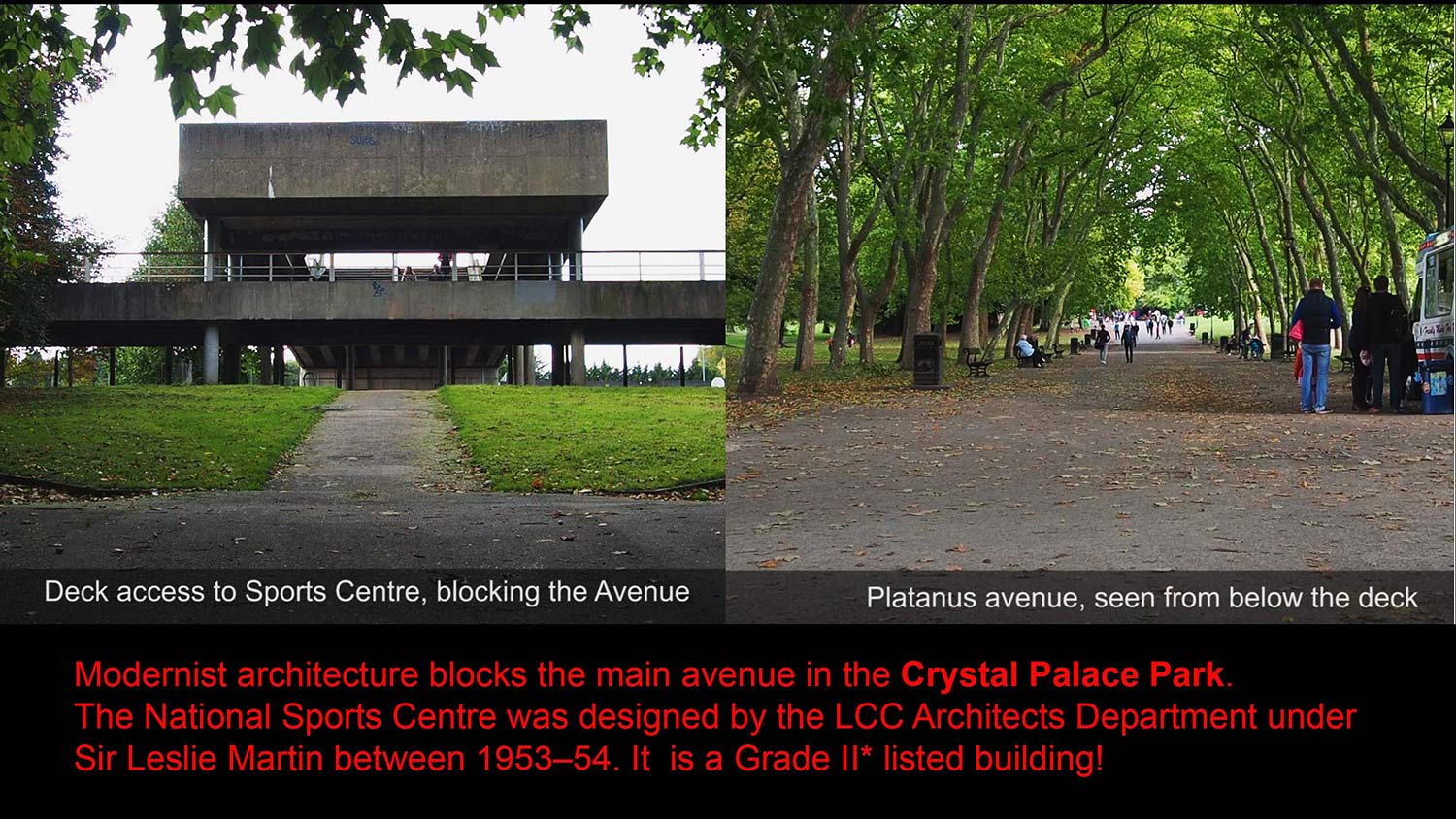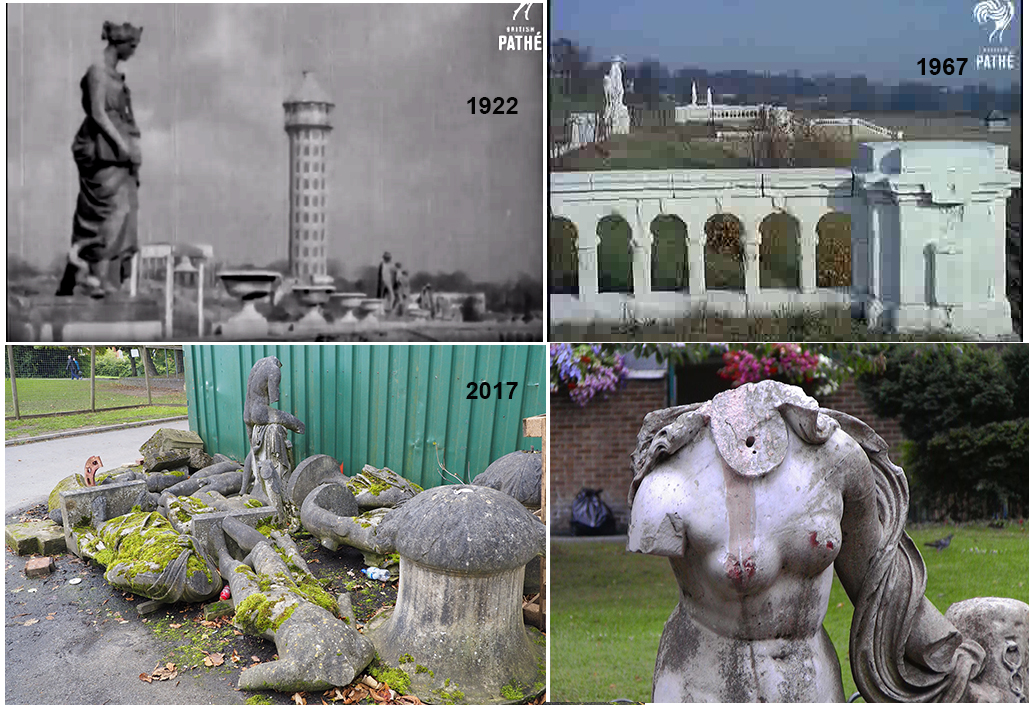Crystal Palace Park Trust and landscape architecture history
Are public parks best managed by local authorities on not-for-profit trusts? Bromley Council is about to find out. It took on the management of the Crystal Palace Park when the GLC was wound up. I think it did a better job but it was nowhere good enough and the Council has taken a bold decision.
When sited in Kensington and used for the Great Exhibition of 1851, the park was a popular and commercial success. After the move to Sydenham, the Palace and the Park were both aesthetically successful and commercially unsound. The 1937 fire destroyed the Palace and removed the Park’s raison d’être.
Bromley has done a particularly good job in commissioning landscape architects. There have been proposals for re-designing Sir Joseph Paxton’s park by Kathryn Gustafson, Peter Latz and Lynn Kinnear. But the only result has been a little conservation work, including Gustafson’s work on the dinosaur garden. Our conclusion, in the above video, is that the establishment of a non-profit Trust is probably the best way forward.
Showing a classic disdain for context, the LCC architects department plonked a modernist building slap in the middle of the park. Both the National Sports Centre and the Crystal Palace Park are Grade II listed. Perhaps the National Sports Centre should be retained as a classic example of what happens when architects work without landscape architects on major buildings projects.

The UK Heritage Lottery Fund tells us that Parks are for People. I agree. Parks should be managed by the people, for the people and with the people.
As the below photographs of the Crystal Palace Park sculpture demonstrate, public management by the GLC (after 1952) and Bromley Council (after 1986) did little good and much harm. Only the sphinxes and dinosaurs have been cared for – which tells us something useful about local government management of public parks in the UK.

